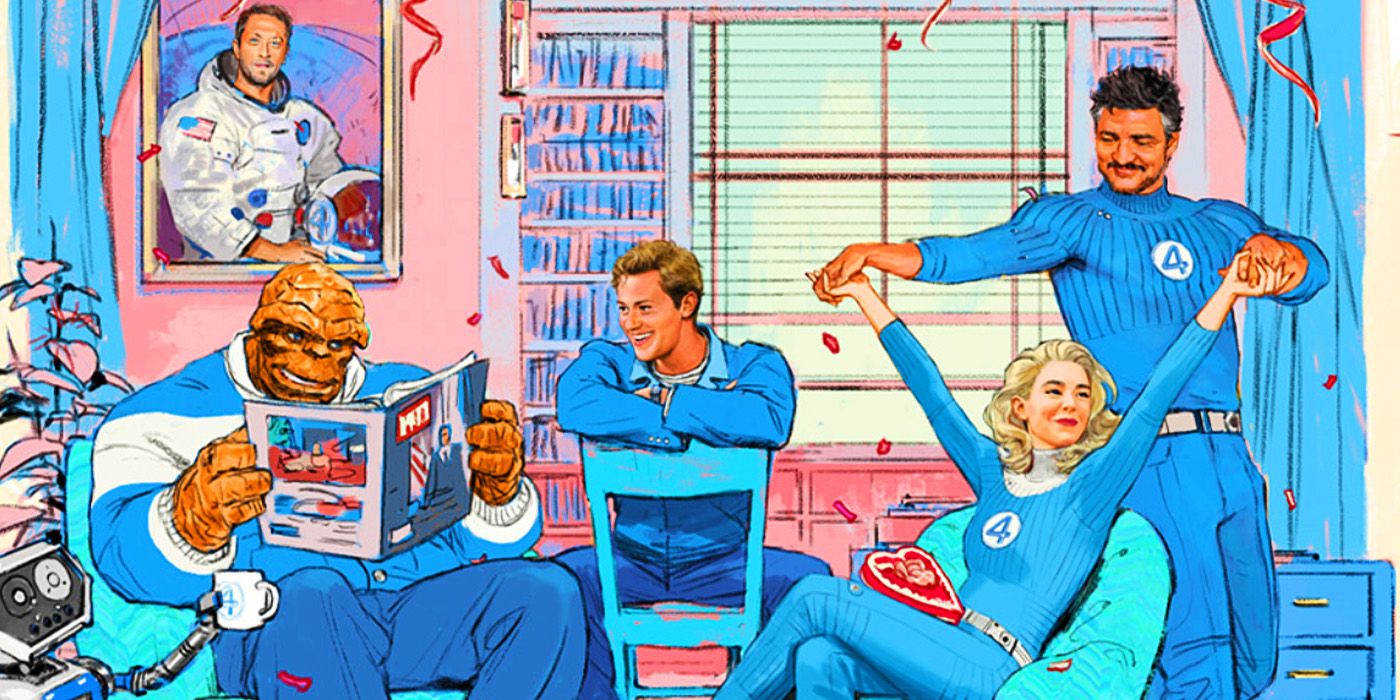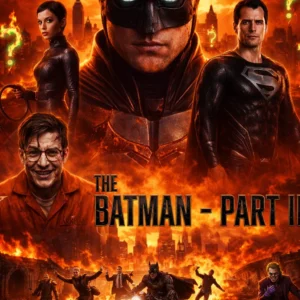The Thing is soon to return to the big screen with The Fantastic Four, but the best live-action iteration so far provides the MCU with a challenge.

The Fantastic Four poses a huge challenge for the MCU regarding its live-action depiction of the Thing. After several failed attempts at getting a Fantastic Four movie franchise off the ground, Marvel’s MCU Fantastic Four movie is under added pressure to hit the nail on the head with their latest live-action outing. Marvel’s track record of adapting its characters to widespread acclaim is a positive sign, but by sticking to its preferred formula, the franchise might hamstring itself.
Including the unreleased Fantastic Four movie of the 1990s, there have been three iterations of the titular heroes in live-action movies. 2007’s Fantastic Four: Rise of the Silver Surfer is largely believed to be the best among them, despite earning relatively poor reviews. Praise leveled at the movie concerned its family-friendly frivolity and chemistry between its characters. Yet it also holds another accolade regarding the contentious issue of how the instantly recognizable Ben Grimm should be depicted in the MCU timeline.
The Thing’s Best Live-Action Design Highlights A Problem For The MCU

2005’s Fantastic Four contains the best live-action rendition of the Thing to date. In fact, Michael Chiklis’ Ben Grimm may be the best live-action depiction of any Fantastic Four member. This is thanks in no small part to the strikingly memorable design of the Thing – though the way that 2015’s Fantastic Four fumbled his design to such an extent that he looked worse than his co-stars shows that his overall appearance isn’t a surefire win.
Regardless, Chiklis’ appearances across the two movies afforded him a greater opportunity to act – even only with his eyes – which is an important factor when dealing with the tortured character of Ben Grimm. His practical suit was certainly the favorable option at a time when convincing CGI was still finding its feet, and its almost cartoonish appearance matched the family-friendly tone of the movie. This poses a challenge to the MCU, however, as the best iteration of the Thing doesn’t marry with its typical MO.
The MCU is in the habit of favoring motion capture, especially with characters as large and unusual as the Thing. A person needs only look at Thor: Ragnarok to see how the studio handled a similar character in Korg and presume that the MCU will likely attempt something similar with Ebon Moss-Bachrach’s Thing. This, at least, is something that the actor would seem to prefer.
What Ebon Moss-Bachrach Has Said About The MCU’s The Thing Design

Ebon Moss-Bachrach was revealed to be portraying the iconic Ben Grimm in February 2024. Shortly thereafter, he was asked about how the studio intends to portray the Thing in live-action, to which Moss-Bachrach responded it was likely going to be “mostly performance captured – motion capture, performance capture.” This, he asserts, is a good thing, confessing that he believed practical suits look more amateur when compared to the visual feats that modern movies can now accomplish.
“We’re past that, I think it’s a little kind of cosplay kind of, you know, it’s a little amateur, that stuff, now with the technology we have.”
Ebon Moss-Bachrach’s practical effects opinions have caused some controversy, especially in light of modern evidence to the contrary. Standout examples of practical effects working well with MCU characters include Drax the Destroyer and Nebula. With that being said, it is also hard to ignore the fact that when Marvel depicts a character through motion capture CGI, it succeeds a lot more than it fails. Furthermore, Drax and Nebula’s character designs are arguably much less extravagant than the Thing, whose hulking form is composed entirely of a rock-like hide.
Why The MCU Thing Ideally Shouldn’t Be All CGI Or Practical Effects

In the context of the MCU, depicting the Thing entirely through practical effects would be jarring when characters like Korg and Hulk (which the Thing is arguably an amalgam of) have already set a precedent. While the MCU is not impervious to bad CGI, its track record of convincingly conveying characters via this method outshines the handful of missteps. Besides, the same fate could easily befall a practical suit that is suboptimally made, as it becomes just as distracting as MODOK’s giant CGI head, suggesting the best route might combine the two approaches.
Additionally, one of the main criticisms leveled against Jamie Bell’s portrayal of Ben Grimm concerned his overall, distinctly suit-less design more than the CGI in which he was rendered.
To avoid looking hammy, a convincing practical suit would require a vast amount of resources, including the time and effort of the creators and wearer of the suit. Chiklis himself compared wearing his Thing costume for hours on end to being in “the seventh circle of hellbut in a good way.” Despite his positive addendum, his comments highlight how much of a toll a practical suit takes on those working on it (or in it), making it hard to justify taking this route in Fantastic Four two decades later, and further suggesting a middle road may be preferable.




